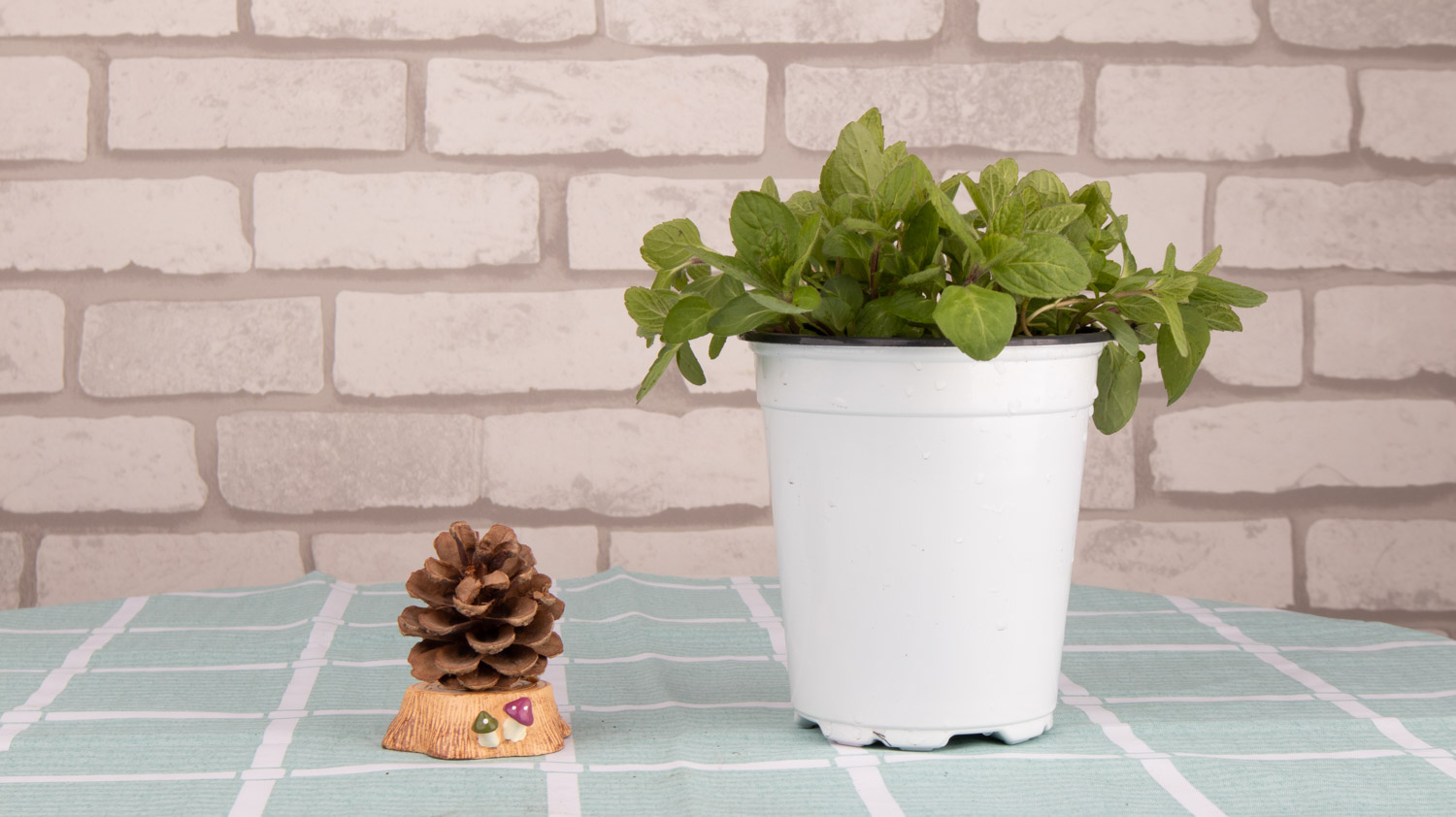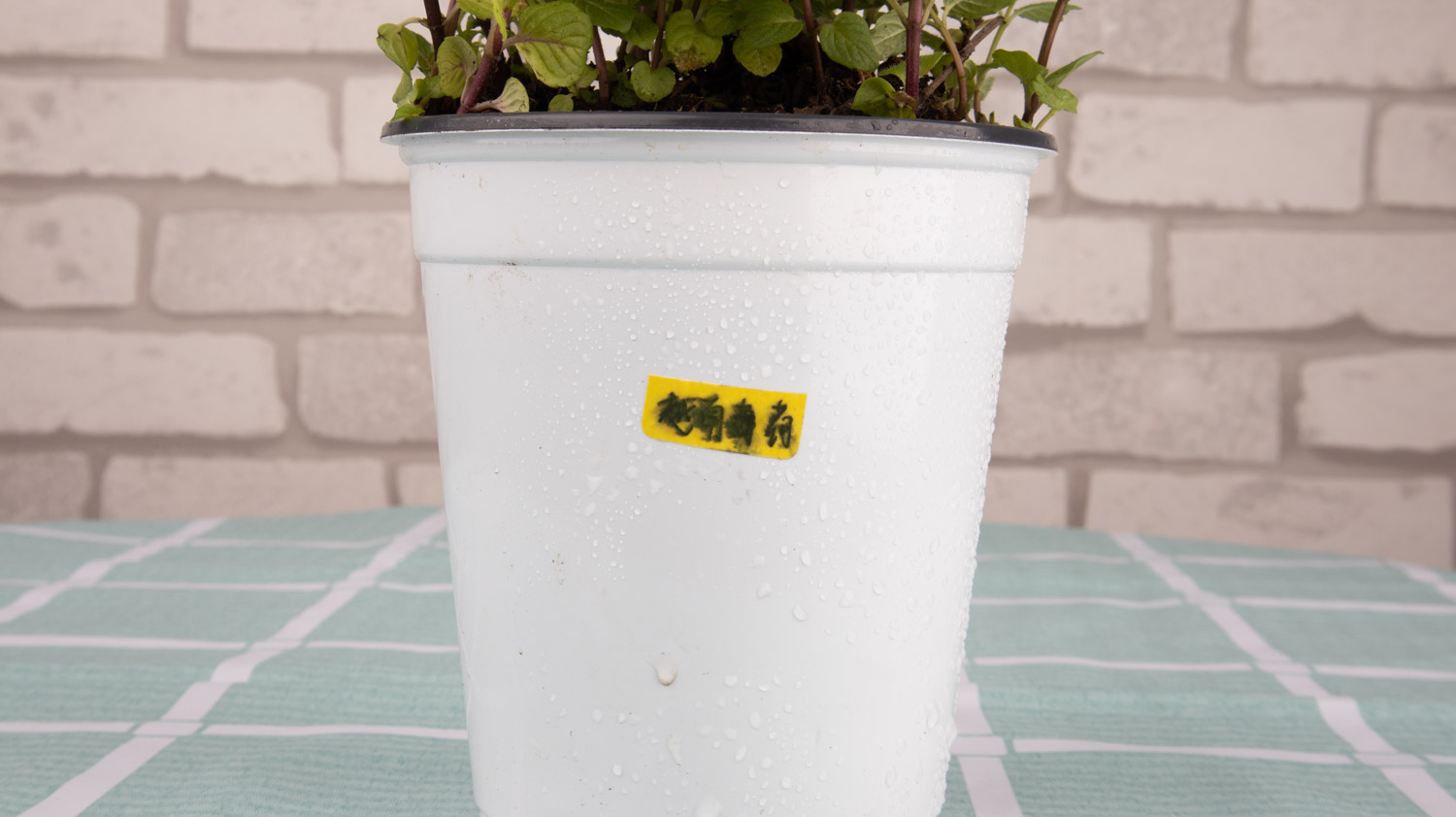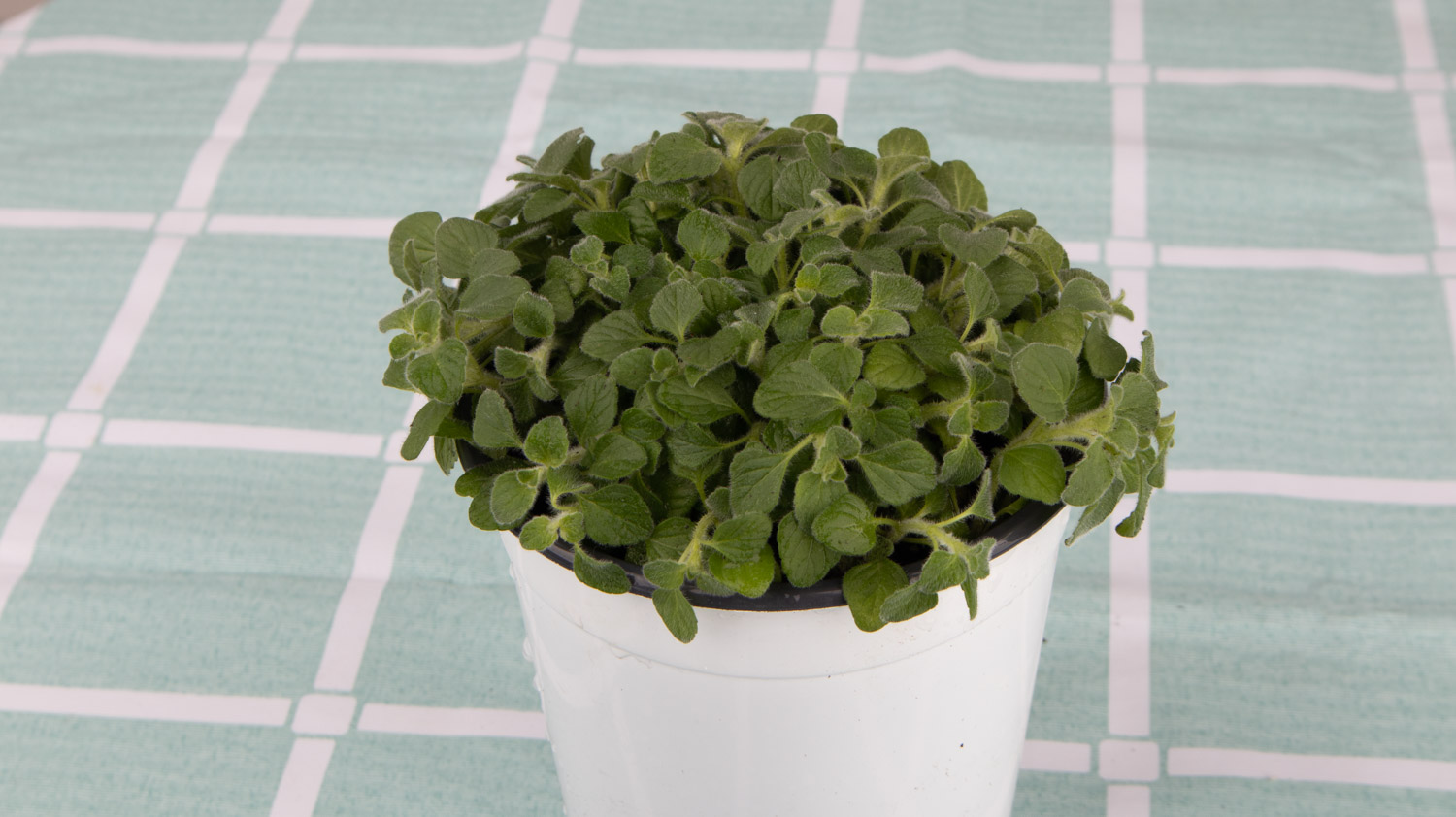1、 Soil
Peppermint has high adaptability to soil. Except for the soil that is too sticky or easy to accumulate water, other soils can be used. However, it is better to choose fertile sandy soil with loose and strong drainage capacity
2、 Moisture
Peppermint is resistant to moisture but not to dryness. It needs more water to grow. It should keep the soil moist at ordinary times, but it can't pour too much water, otherwise it will be waterlogged. In winter, reduce the frequency and amount of watering

3、 Illumination
Mint is a long sunshine plant. It likes sunshine. It should be given a long time of light at ordinary times. If it is a potted plant, it should be moved to the south window in winter to receive sufficient light
4、 Temperature
Peppermint grows best when cultured at 20-30 ℃. However, it has strong tolerance to low temperature and can resist low temperature of - 15 ℃

5、 Precautions
1. Timely fertilization. Peppermint is a plant that likes fertilizer very much. During the growth period, it needs to apply fertilizer once a month. It is best to give priority to nitrogen fertilizer, supplemented by phosphorus and potassium fertilizer. This can provide it with more nutrition and make it grow better
2. Pest control. In the seedling stage, peppermint is easy to be replaced by black shank disease, which will make the stems of peppermint soft and black, so that the plants fall down and wither. Once this disease occurs, it can be treated with 70% chlorothalonil or 40% carbendazim spray


 jackfruit
jackfruit snake plant
snake plant hibiscus
hibiscus hydrangea
hydrangea lavender
lavender Green roses climb al...
Green roses climb al... If you don't pay att...
If you don't pay att... Management of four g...
Management of four g...

































